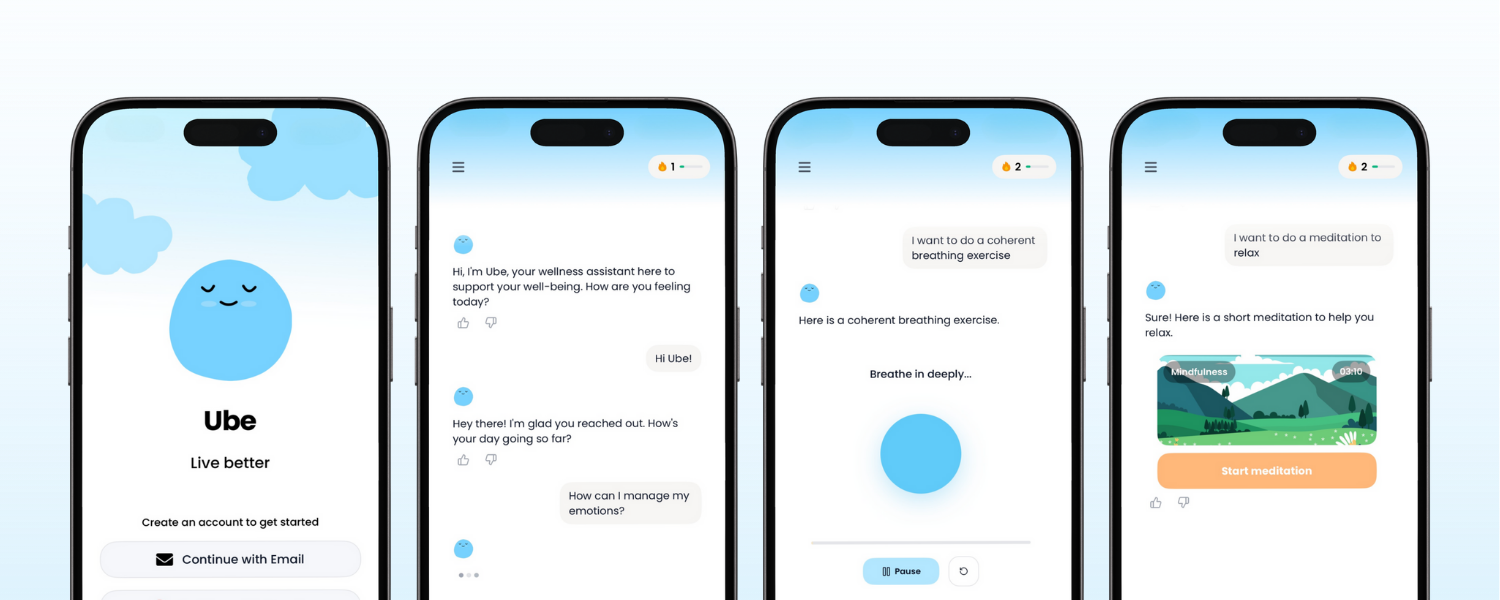If you are searching for how to stop overthinking, you are not alone. The habit is common when life feels uncertain or high stakes. Overthinking promises control, yet it mainly delivers mental static that erodes confidence and energy. This guide focuses on simple practices you can use in minutes, not hours, to quiet loops and make space for clearer, calmer choices. We will unpack why your brain does this, how to interrupt it without a wrestling match, and how to build daily habits that make spirals less likely.

What overthinking really is?
Overthinking is not a personality flaw, it is a habit loop where worry thoughts trigger tension, which then primes more worry. Two patterns dominate. Rumination replays the past with what-if edits, while worry forecasts the future with threat-heavy predictions. Both feel useful because they mimic problem solving, yet neither produces action. Your brain’s threat system is simply overfiring, sending false alarms that something needs more analysis. The goal is not to push thoughts away, which usually backfires, but to shift from analysis to information. When you teach your mind that data, not rumination, earns trust, loops lose fuel. This is the pivot from judging thoughts to observing, testing, and choosing, which is how you turn noise into signal and reclaim your attention.
Interrupt the loop with evidence and experiments
When a spiral starts, ask what the thought predicts and how you could show your brain evidence. In cognitive restructuring, you write the worry, list supporting and contradicting facts, then form a balanced alternative. Even a 60 second version weakens certainty. The APA’s explanation of cognitive restructuring captures the idea: examine assumptions and replace distortions with more accurate appraisals.
Next, run tiny experiments. If a meeting will be a disaster, define one disconfirming action such as opening with your point in one sentence and noting the response. Evidence you gather beats perfectionistic rehearsal. This also addresses analysis paralysis by converting fear into a measurable step. Keep it small, specific, and doable today. The point is not to prove you are safe forever, it is to learn in the present, which is the only place overthinking cannot argue with.
Create boundaries for your mind to rest
Brains need containers, not just willpower. A five minute scheduled worry window each day lets you capture fears on paper, then defer them until that window arrives. Your mind relaxes once it trusts there is a place for concerns to land. Pair that with a quick offload ritual before bed, jotting unresolved loops so the night can be for sleep rather than problem solving. Protect sleep with consistent timing, low light, and no-scroll buffers that reduce stimulation. Poor sleep amplifies vigilance, which feeds loops the next day. If anxiety is persistent or impairing, review guidance from the National Institute of Mental Health and consider additional support. Treat these boundaries as care, not punishment. You are creating conditions where your mind can recover, which is how intrusive thoughts soften and how to stop overthinking at night becomes realistic.
Train attention like a muscle
Attention training is not mystical, it is repetition. Try a simple breath count to four, then out to six, for sixty seconds. Expect drift, then gently return. That return is the rep. Over time, this builds present-moment anchor capacity, so thoughts can pass without hijacking your day. Mindful walking, single-tasking one email at a time, or a two minute body scan each afternoon work the same way. Research suggests mindfulness helps reduce worry and stress reactivity, which supports clearer decisions and steadier mood, as noted by Harvard Health. The goal is not to have zero thoughts. The goal is attention training so you can notice, name, and choose. Consistent small sessions matter more than marathon sessions, and they directly counter how to stop overthinking by strengthening the ability to aim your mind where you want it to go.
What should you do in the moment of a spiral?
Name what is happening, then buy yourself a pause. Say, this is a planning thought or this is a catastrophe prediction. Language creates a little space. Next, orient to your senses. Spot five greens in the room, feel your feet, relax your jaw, breathe out a beat longer. That sensory pivot tells your nervous system it can downshift from threat. Finally, choose a 90 second task that nudges reality forward: write the first sentence of the message, step outside for light, drink water. Micro actions cut the fuel line to loops. If the spiral involves relationships, remember that clarity beats mind reading. Draft a curious, kind question and send it, which is the antidote to overthinking in a relationship because it replaces fiction with data.
When overthinking points to something deeper?
Sometimes loops are a symptom of depression, generalized anxiety, OCD traits, or trauma. If you notice long episodes, intense distress, or impairment at work or home, seek professional support. Cognitive behavioral therapy, exposure based methods, or medication can be powerful when patterns are entrenched. None of this means you are broken. Overthinking is a learned coping strategy, not a character flaw, and learned patterns can change. While self help tools reduce daily suffering, a clinician can tailor care to your history and goals. Keep the experiments, attention training, and boundaries, then layer expert guidance. Relief often comes from combining skills with compassionate support that matches the severity of the problem.
Bringing it together
You do not have to eliminate thoughts to change your life. You need better agreements with your mind. Teach it to value evidence, protect it with boundaries, and train it to return to what matters. That is how to stop overthinking in practice. Start with one micro experiment today, set a short worry window, or do sixty seconds of breath counting. If you want gentle structure, Ube can guide tiny, trackable steps, daily reflection, and check ins so progress is visible even on busy days. Be patient, and start small today. Direction beats speed, and every clear minute you create makes the next one easier.
